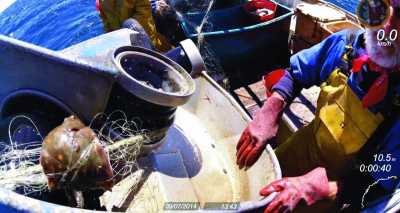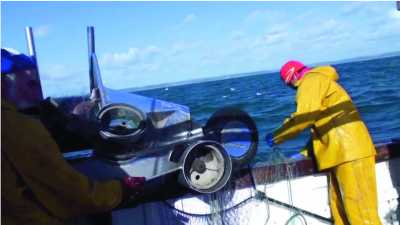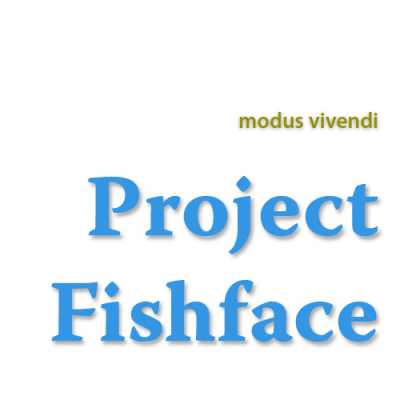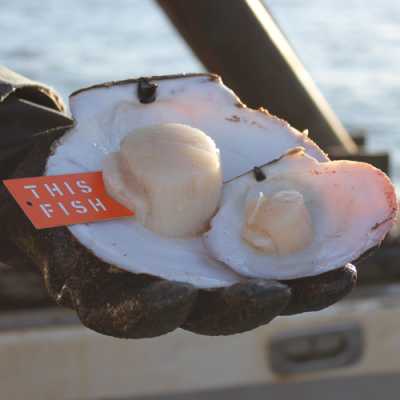
What is at issue:
The public expect retailers and restaurants to ensure that the fish they sell are managed sustainability. This, coupled with better technology, is driving a move towards traceability and Fully Documented Fisheries (FDF).
This means that large offshore vessels, which provide most of the catch eaten in prosperous countries, are having to sharpen up their act. The irony is that for small scale fishers, including those who are intrinsically sustainable, FDF often costs more than the value of their catch, threatening their very existence. Project Fishface, supported by the Lighthouse Foundation, is working to bring down costs for these artisanal fisheries.
What's happening now:
For 2018, Malcolm MacGarvin was able to raise £ 25,000 from other donors to implement the concept.
What we have achieved:
This resulting ProjectFishface, is now moving to a full operational trial, pushing hard at the limits of technology and cost. This includes replacing bespoke equipment used on large fishing vessels with (relatively) cheap Garmin VIRB action cameras, which nevertheless provide the three essentials: HD video, GPS tracking, and the ability to run off external power. The operational trial will check that the cameras can withstand long-term water and salt exposure, including successfully wiring the camera into the boat electrics (to avoid time consuming and easily missed battery changes by the crew). The largest camera cards should have the capacity to record an entire days fishing from boat start-up to shut down, which also reducing demands on the crew. Then, on land, all this data must be transferred off the cards and onto online storage.
Time is money, so speed is essential to make FDF affordable. The latest cards and computers should allow ten full cards – ten vessel/days, some 140 hrs – to be copied and backed up in 30 minutes. These computers should also allow rapid skimming of HD video, making it possible to quickly isolate fishing episodes from other video. Ultra-high speed internet is becoming more available, which should allow HD video from ten vessels’ fish hauling per day, now reduced down to around 30 hours, to be uploaded to online cloud storage in well under an hour, and provide a tamper-proof link between the video, date, location and vessel identification for third party viewing, providing full traceability. For those parts of the world where these speeds are unavailable, a shuttle courier service will be required, adding a few days to the process.
The purpose of the operational trial is to change ‘should’ in all of the statements above to ‘will’, at which point Fishface will be fully operational and ready for widespread use.

interest in the fisheries. This Fishface pilot demonstrated that affordable
consumer HD video cameras with GPS, mounted at a fixed location, and
so not requiring an observer operator, have the potential to be—and in
some cases already are—a valuable tool.

)